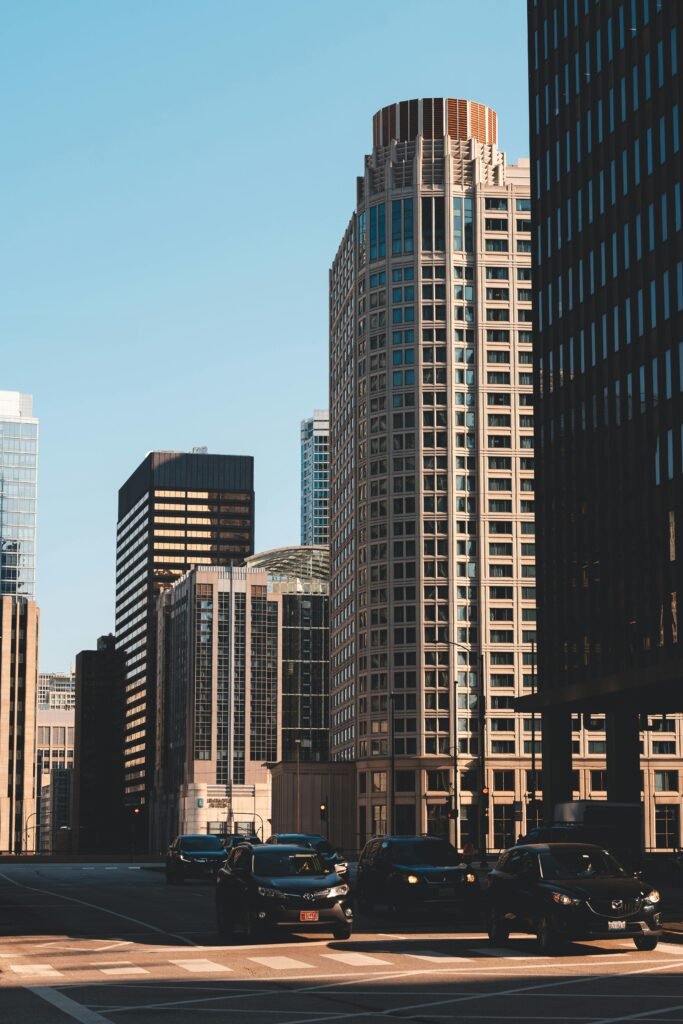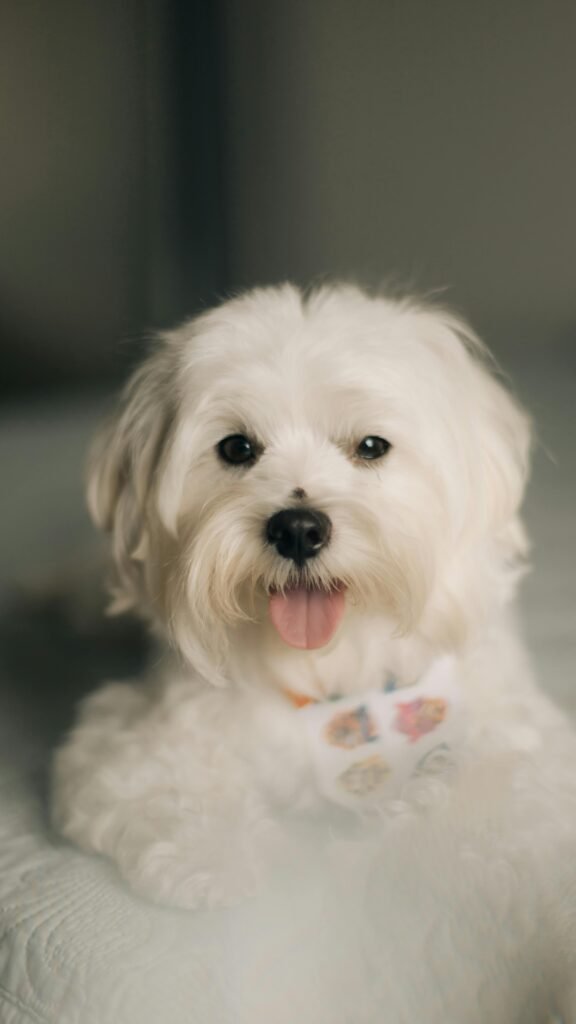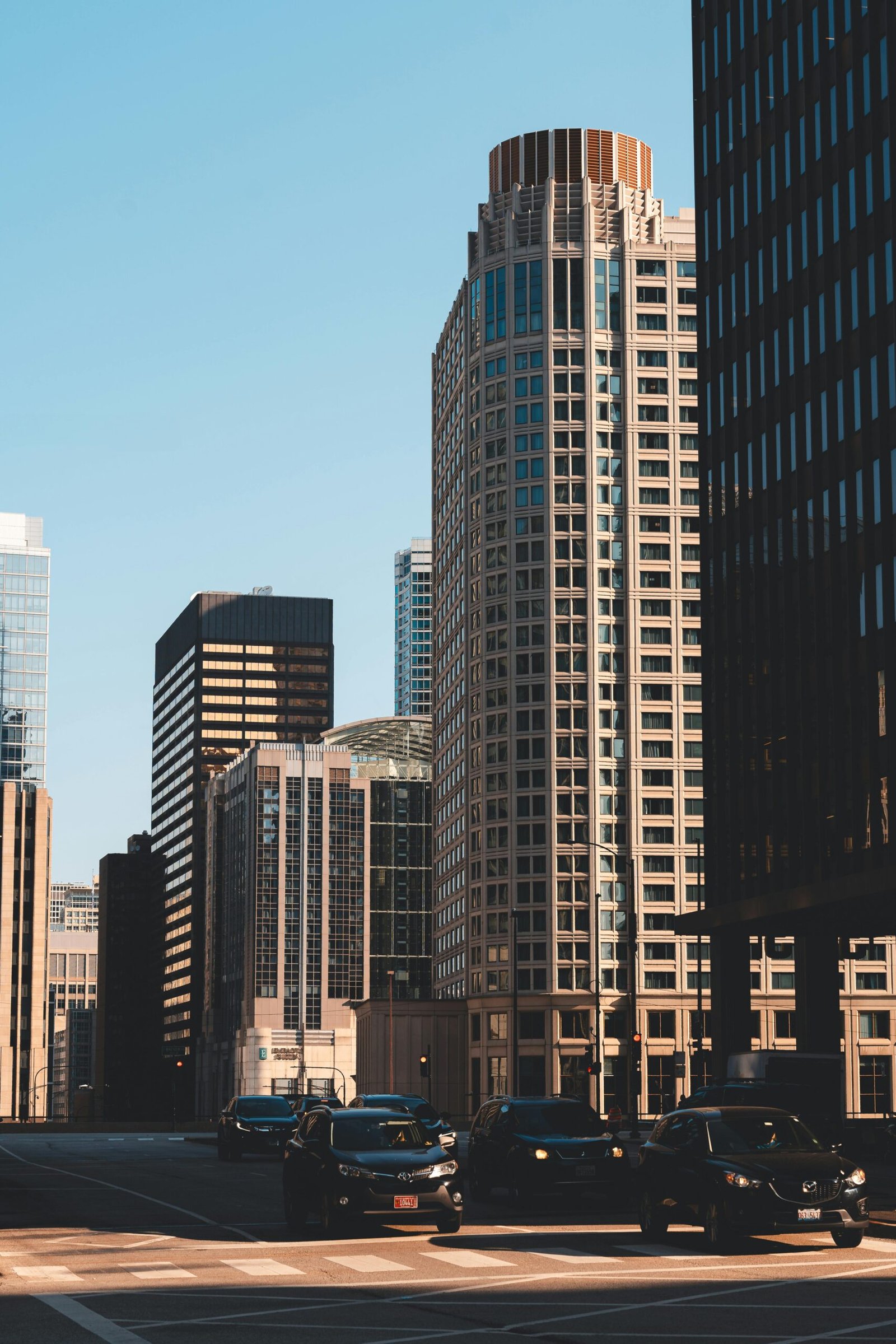Have you ever found yourself captivated by stunning aerial shots and wondered how you could achieve that same beauty? Choosing the right drone for photography might seem daunting, but it’s easier than you think once you break it down into manageable parts. Let’s take a closer look at what you need to consider.
Understanding Your Photography Needs
Before you even think about brands or models, take a moment to reflect on your specific photography needs. Is it landscape photography you’re after, or perhaps real estate, wildlife, or even weddings? Each genre has its own demands, and understanding yours will significantly influence your choice.
Landscape Photography
If capturing sweeping vistas and stunning landscapes is your goal, you’ll want a drone that excels in high-resolution images and wide-angle capabilities. Look for features like a higher megapixel count and the ability to shoot in RAW format for the best detail and editing flexibility.
Real Estate Photography
For shooting homes and properties, you’ll need a drone that can soar high enough to capture entire buildings while still providing sharp detail. Look for a gimbal-stabilized camera that can handle vertical shots at various heights, allowing you to create stunning, compelling listings.
Wildlife Photography
If your passion lies in wildlife photography, you’ll want a drone with a decent flight time and stability to capture animals without disturbing their natural habitats. A quieter drone with a good zoom capability will allow you to get up close without invasion.
Aerial Video
If video is your focus, look for a drone that offers 4K recording capabilities at a minimum, along with advanced features like slow-motion or time-lapse. Smooth motion and excellent stabilization will be crucial for creating professional-looking video content.
Key Features to Consider
Once you have a clearer idea of your photography needs, you can dive into the features of drones. Understanding these technical specifics will help you make an informed decision.
Camera Quality
The camera is the heart of your drone, and it’s essential to ensure it meets your needs. Look for specifications such as:
| Feature | Importance |
|---|---|
| Megapixel Count | Higher megapixels lead to sharper images. |
| Sensor Size | Larger sensors perform better in low light. |
| Lens Quality | Quality lenses capture better colors and details. |
| Gimbal Stabilization | Essential for reducing motion blur in photos and videos. |
Flight Time
Drones vary in how long they can operate on a single charge. Depending on your shooting style and needs, consider how much flight time you require. Most consumer drones can fly between 20 to 30 minutes, which should be sufficient for casual shooting but might be limiting for more specialized work.
Range
The range of a drone indicates how far it can go from its controller. If you’re shooting landscapes, a longer range may not be essential. However, for wildlife or real estate photography, where you might not always be in the same location, look for drones with an extended range—typically 4-7 kilometers or more.
Portability
If you plan to transport your drone frequently, consider its size and weight. Foldable drones are a great option since they’re easier to pack and carry around without compromising on quality.
Ease of Use
For beginners, choosing a user-friendly drone is essential. Look for features like GPS assistance and automated flying modes for easier operation. If you’re more experienced, you might appreciate advanced settings that allow for greater customization.

Budgeting for Your Drone
Now that you’ve sorted through your needs and key features, it’s time to talk money. It’s crucial to establish a budget that accommodates your desired features while still keeping you within reasonable limits.
Entry-Level Drones
If you’re just starting out, there are excellent options available for under $500. These drones usually offer decent camera quality and are straightforward to operate. While they may lack advanced features, they are perfect for learning the ropes without large financial investment.
Mid-Range Drones
In the price range of $500 to $1,500, you’ll find drones that offer better camera quality, longer flight time, and additional features like improved stabilization. They make great choices for hobbyists looking to step up their photography.
Professional Drones
For professionals, budgets exceeding $1,500 are typical. These drones often come equipped with top-notch cameras, longer flight times, advanced software, and excellent build quality. If you’re planning to use your drone for business purposes, this investment is worthwhile to ensure that your content stands out.
Brand Comparisons
When it comes to choosing a brand, you’ll find that there are a few that stand out due to quality, reliability, and features. Here’s a quick overview of popular brands you should consider:
| Brand | Key Strengths |
|---|---|
| DJI | Leader in the market with a variety of options. Their drones are known for advanced stabilization and good camera quality. |
| Autel Robotics | Offers competitive features, often with a focus on ease of use. Their drones usually come with robust imaging systems. |
| Parrot | Known for innovative designs and user-friendly interfaces, making them great for beginners. |
| Yuneec | Focuses on creating professional-level drones and is especially known for their camera capabilities. |

Where to Buy
Now that you’ve narrowed down your choices, consider where to buy your drone. Each option has its pros and cons.
Online Retailers
Shopping online provides a vast selection, and you can often find better deals. Websites like Amazon or specific drone retailers often have user reviews, which can help you weigh your options.
Local Electronics Store
Buying locally allows you to ask questions directly and sometimes see the drone up close before purchasing. Plus, you have the advantage of immediate support if something goes wrong.
Specialty Drone Stores
These stores often have knowledgeable staff who can provide tailored advice based on your needs. They may also offer training sessions that can be extremely helpful for beginners.
Pre-Flight Preparation
Once you’ve purchased your drone, preparing for your first flight is crucial. A little preparation can ensure a smooth experience.
Read the Manual
It might seem tedious, but thoroughly reading the manual will give you a solid understanding of your drone’s features. Familiarize yourself with all controls, settings, and safety protocols.
Check Local Regulations
Drone flying is regulated in many areas, and being unaware of local laws can lead to serious issues. Ensure you’re familiar with the regulations in your area; many countries require registrations, and some may have restrictions on where you can fly.
Pre-Flight Checklist
Before launching into the air, it’s a good idea to run through a checklist to ensure everything is ready to go:
| Checklist Item | What to Do |
|---|---|
| Battery Check | Ensure batteries are fully charged. |
| Firmware Check | Update your drone’s firmware if needed. |
| GPS Signal | Wait for adequate GPS reception before takeoff. |
| Camera Settings | Adjust your camera settings according to your plan. |
| Propeller Condition | Check propellers for any damage or debris. |

Capturing Great Photos
Once you’re in the air, the real fun begins. A few tips on capturing stunning images can elevate your photography game.
Composition Techniques
Applying photography principles like the rule of thirds or leading lines can create more compelling images. While this might take some practice, good composition can significantly enhance your final shots.
Mastering Lighting
Consider the time of day when you fly. Golden hour—just after sunrise and before sunset—often provides the best natural light. The soft tones during these times can add great depth and color to your images.
Experiment with Angles
Don’t be afraid to shoot from various angles and altitudes. Different perspectives can turn an ordinary scene into something extraordinary. Low angles create drama, while higher perspectives can showcase vast landscapes.
Utilize Filters
Using filters can help manage reflections, enhance colors, and bring balance to your photos. Polarizing filters can reduce glare and reveal more detail in landscapes, while neutral density filters can help smooth out motion in video.
Post-Processing Your Photos
Once you’ve taken your shots, the journey doesn’t end there. Post-processing is a critical part of photography that can take your images to the next level.
Software Options
Depending on your preference, there are several software options you can choose from. Adobe Lightroom and Photoshop are among the industry standards for editing photographs, offering a plethora of tools to perfect your images.
Basic Adjustments
Start with basic adjustments: changing exposure, contrast, saturation, and sharpening. A few tweaks here can make a significant impact.
Advanced Techniques
Once you’re comfortable with the basics, consider diving into advanced techniques like cropping for better composition or using layers and masks in Photoshop for detailed adjustments.
Keeping Your Drone in Shape
Maintenance is key to keeping your drone in optimal condition for future flights. Here’s how you can extend the life of your drone.
Regular Cleanings
After each session, take the time to clean your drone, especially the camera lens and calibrate the gimbal if necessary. Remove debris and dust that could interfere with performance.
Battery Care
Proper battery management is crucial. Always store batteries in a cool, dry place and follow guidelines for charging to prevent damage. Regularly check battery health, as deteriorating batteries can affect flight performance and safety.
Software Updates
Keeping your drone’s software up-to-date ensures you have the latest features and bug fixes. Check for updates regularly via the manufacturer’s app.
Conclusion
Choosing the right drone for photography is an exciting journey that starts with understanding your specific needs and diving into various features, budgets, and brands. You’ve gathered insights on what to consider, how to prepare for your first flight, and tips for capturing and enhancing your photos. Being diligent in your choice and maintenance will reward you with stunning aerial photography that can capture the world from amazing perspectives.
Engage with this technology responsibly, and enjoy the freedom that comes from flying high!
